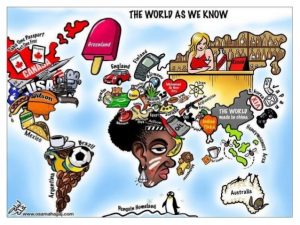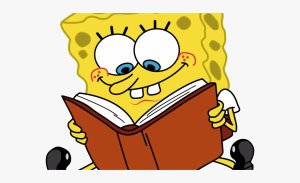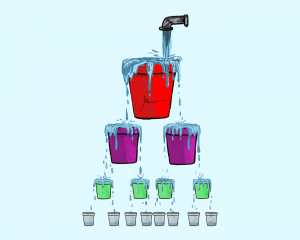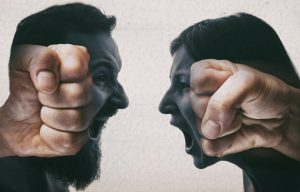Module 8 Stereotyping
Id like to think that the stereotypes have changed over time, atleast the negative ones. People are able to access so much information in todays world that an opinion can be based off of real world experiences rather than what you were told growing up. There will always been negative stereotypes, even if they are constantly changing people will always have opinions that may not be the “nicest”. I do not know if the black stereotype is changing towards a more positive one because of the position in society they may have but rather its due to the social network we have built over the years. TV, cells phones, and the internet have provided all races and groups to project who they truly are without the need for some stranger to do it for them. In the past if someone felt that a certain group was lazy or loud and they had a position that allow them to get their opinions spread out quickly to the masses then they would have a good chance of getting more people to agree with them. Although I should say that technology has also allowed those with negative perceptions to equally reach out and voice their opinion, I think the overwhelming majority of the population tend to view everyone in a more positive light.

Module 7 Attitude Survey
After completing the survey the biggest inconsistency that I personally felt was when it came to being prepared for class. Probably not the best thing to be inconsistent about because I noted that you would be more likely to speak up if you are better prepared yet I do not read the assigned materials before every class. This is perhaps due to some days im behind, or don’t feel that I need to, or even that I wont understand the material until it is taught to me by someone who does understand it. I feel that if your beliefs, attitudes and behaviors are all in line things tend to flow much easier and you’ll achieve better results.

Module 11 “Are People Who Help Happier?”
Based on my frequency calculation the pairing that had the greatest tally was happy (H) and unselfish (US) with a total score of 4. I think it’s is a common result because those who are happy or perceived as happy may be willing to be more selfless. This is backed up by my personal results as well because I only put one person in the happy (H)/selfish (S) block. If you are selfish then chances are you are perceived as aggressive or unkind for not giving something to others. People tend to view someone negatively when they do not get what they want and I think that is why those who are perceived as happy tend to try and make others around them happy as well.

Module 12 Aggression Questionnaire
The items I selected as most aggressive were, a hunter kills an animal and mounts it as a trophy, a tennis player smashes his racket after missing a volley and a cat kills a mouse, parades around with it, and then discards it. I chose these in particular because they are acts of aggression that yield no benefit to the person or animal doing the act. If there is no gain, good or bad, but simply aggressive then I feel that it is less justified and thus more aggressive. Protecting yourself, fighting for what you believe in, self-defense, and survival can all be seen as acts of aggression and I had circled those responses as well. As I said though they are all done for a reason, a solder shoots at another solder to win a war and protect their family, two wolves fight to show who is better suited to protect the pack, and a spider eats a fly in order to survive. Although some of the responses that I chose for most indicative of aggression may not be as severe as others I did not take that into account when purely isolating aggressive behavior.

Module 10 Norm Violation Exercise
The implicit norm I chose to violate was interpersonal behavior by standing too close to someone while in line. I had a great time doing this, most of the responses I got were funny and although the individuals were initially caught off guard they laughed when I told them why I was doing it. Its interesting to me how something so simple like the amount of distance you place yourself between someone when waiting in line has its own set of rules. I am sure that if I stood further away others would have asked me to move up or even cut in front of me thinking I wasn’t in line. While doing this little test I was quite uncomfortable myself even though I knew why I was doing it, granted almost immediately after starting a new trial the person I was near would say something. Everyone monitors everything constantly, this was apparent by not only the looks I was getting by those I was standing next to but by others around me taking notice that I was in fact standing closer then I should be. I liked this article the most because it was so simple yet it had such an immediate impact on those around me. It made me think about how cultures are different all around the world and how someone visiting a new place may violate a cultural norm without knowing.
